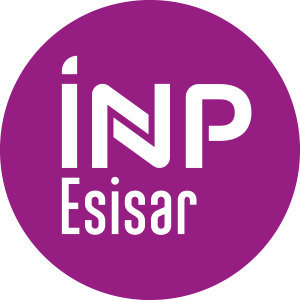Number of hours
- Lectures 12.0
- Tutorials 6.0
- Laboratory works 9.0
ECTS
ECTS 1.5
Goal(s)
Students should be able to :
- determine safety properties of computing systems;
- implement appropriate fault tolerance approaches depending on the nature of studied systems;
- evaluate dependability attributes using analytical approaches;
- Improve system robustness by using fault detection and elimination techniques;
Content(s)
I. Dependability:
- Functional and structural redundancy.
- Structural redundancy techniques (hardware, temporal, information and software)
- Dependability evaluation techniques: combinatorial and Markov models.
- The FMEA analysis.
II. Software Testing:
- Goals and limitations of testing
- Testing techniques based on the program structures or on specifications
- Regression testing, conformance testing
III. Industrial case study
- Software vulnerability: pragmatic dependability of software (IR)
- Application to aeronautics (EIS)
Prerequisites
- Computer architecture
- Programming skills
- Graph theory basics
E1: first session exam mark
S: homework (report and talk)
E2: second session exam mark
1. « Fault-tolerant Computing Theory and Techniques », D. K. Pradhan, Vol. I, II, Prentice Hall, 1986.
2. « Fault-tolerant Computer System Design », D. K. Pradhan, Prentice Hall, 1996.
3. « Reliable Computer Systems. Design and Evaluation », D. P. Siewiorek, R. S. Swarz, Digital Press, 1992.
4. « Guide de la Sûreté de Fonctionnement », J.-C. Laprie et al., Cépaduès-Éditions, 1995.
French State controlled diploma conferring a Master's degree

What is a grande école ?
French engineering curriculum





